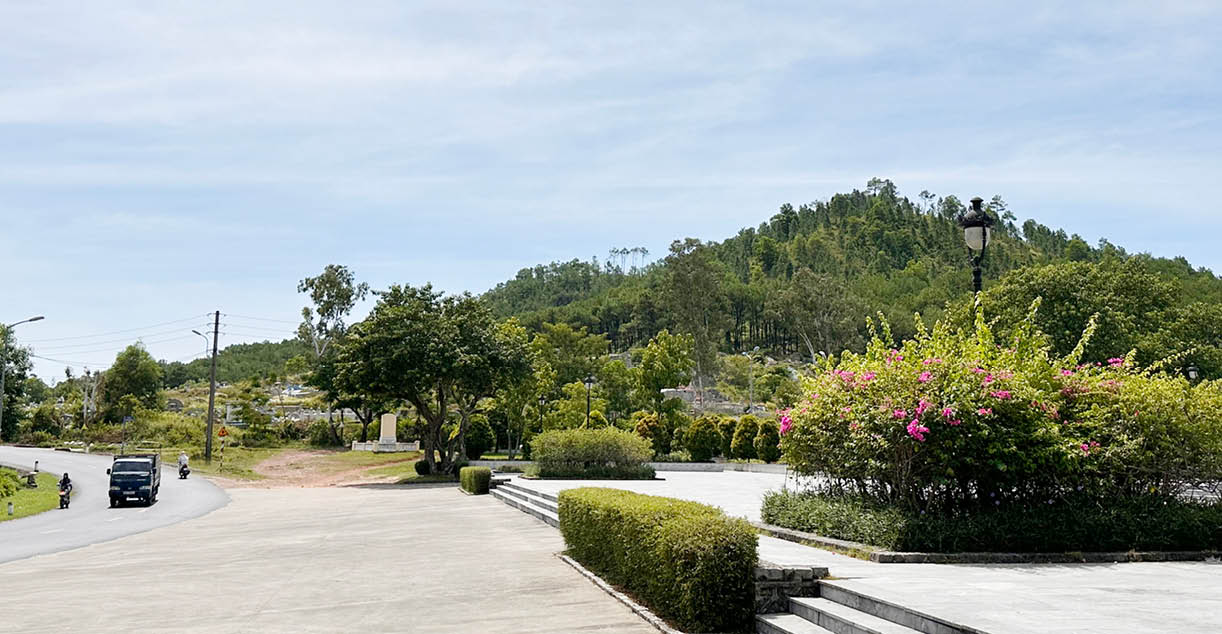 |
| Ngu Binh Mountain seen from the King Quang Trung monument area. Photo: Bao Phuoc |
This symbol is associated with the land of “front water, back mountain”, where the Perfume River gathers water and Ngu Mountain acts as a support. From the top of the mountain, you can take in the whole view of the city, the winding Perfume River, the hidden pagodas and towers, creating a unique natural landscape of Hue .
However, the current status of this area shows that there is no walking route or resting place, and it has not been integrated into the official heritage tourism chain, while the foot of the mountain is home to thousands of graves. Unfortunately, this is also an area where construction waste is illegally collected, making both locals and tourists afraid to approach.
In the city's development strategy, according to the Project "Building Thua Thien Hue to become the land of yellow apricot flowers in Vietnam" issued from 2021, Ngu Binh and Ban mountain areas are one of the 6 key areas for planting apricot forests, with the goal of building native yellow apricot forests, organizing festivals, and developing typical cultural and ecological tourism routes.
Recently, in June 2025, the City People's Committee submitted for approval the investment policy for the Tran Phu - Ngu Binh route, with a total capital of nearly 177 billion VND. The 795m long route, with a cross-section of 19.5m, not only aims to reduce traffic pressure in the south of the city but also plays the role of a dynamic infrastructure, opening up a connecting space between the Ngu Binh mountain area and the belt axes II and III, connecting to National Highway 1A and the expanded Truong An planning area. The project will liberate nearly 70 households, relocate graves and renovate the landscape, a necessary step to reshape the cultural and ecological axis at the southwest gateway of Hue city.
Lessons from international models such as Table Mountain (South Africa), Bukit Timah (Singapore), or Mount Olympus (Greece) show that height does not determine the value of a mountain, but rather the way the urban area integrates that space into a point of contact between people, nature, and history. With Ngu Binh Mountain, there are enough conditions to do that if we know how to develop it in the right direction.
First of all, at the foot of the mountain, it is necessary to thoroughly resolve construction waste and the surrounding cemetery to form a memorial park combined with an ecological space. This could be a place to grow native yellow apricot trees, traditional bonsai... On the mountainside, it is necessary to design an ecological walking route with natural materials, install poetry boards, signs, and lighting. At the top, a traditional wooden architectural observatory will be both a place to view the entire ancient capital and to organize small events, read poetry, enjoy tea, and perform royal art in accordance with Hue's cultural space.
At the foot of the mountain, a cluster of “mountain villages” can be formed connecting craft villages, garden houses, Hue singing experiences, calligraphy, folk activities… creating a livelihood from culture. All need to be placed in an integrated, delicate planning, not encroaching on the pine forest and especially must have the participation and preservation of the local community, who have lived for generations at the foot of the mountain.
Ngu Binh does not need large-scale projects or mass tourism, but needs a landscape structure with cultural depth, gentle preservation and social consensus, just like the way the city has preserved its heritage for generations. This is a pivotal moment when the city has just changed levels and is facing development pressure. At this time, taking advantage of symbols like Ngu Binh is not only for preservation, but also to affirm identity in regional urban competition.
Source: https://huengaynay.vn/van-hoa-nghe-thuat/danh-thuc-nui-ngu-binh-156430.html





![[Photo] Da Nang: Hundreds of people join hands to clean up a vital tourist route after storm No. 13](https://vphoto.vietnam.vn/thumb/1200x675/vietnam/resource/IMAGE/2025/11/07/1762491638903_image-3-1353-jpg.webp)


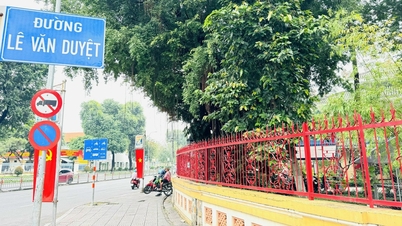


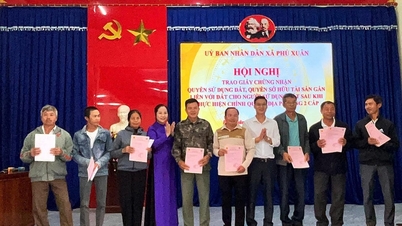

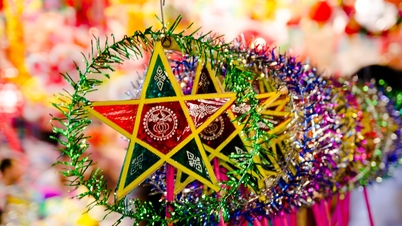











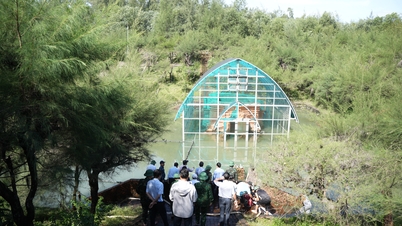


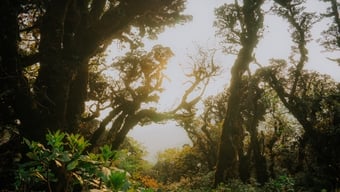





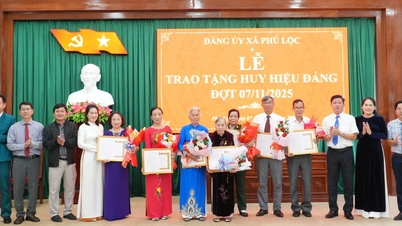
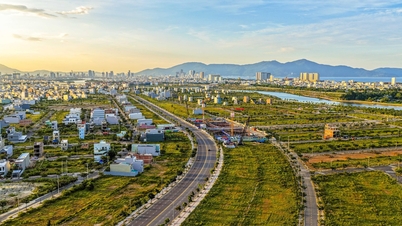
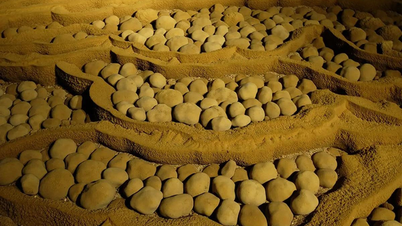

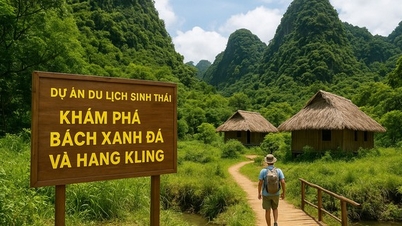





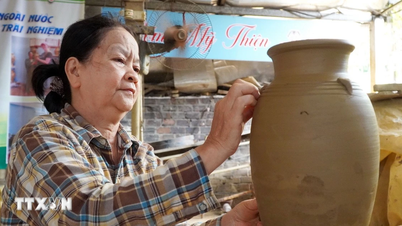























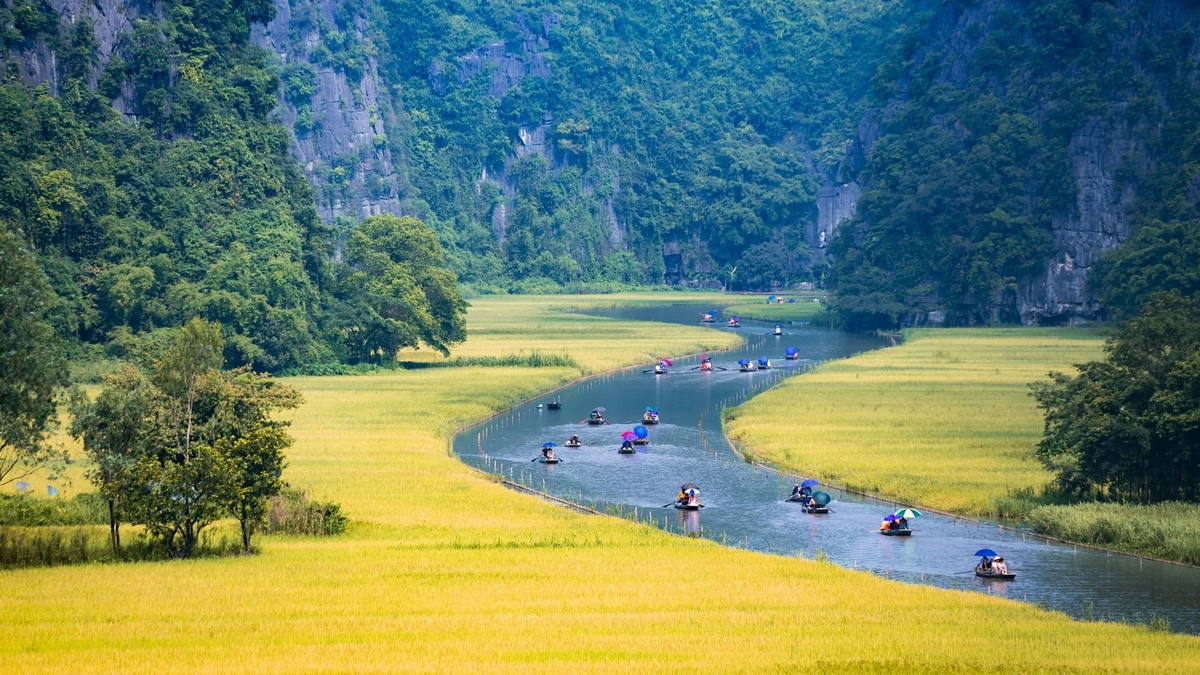
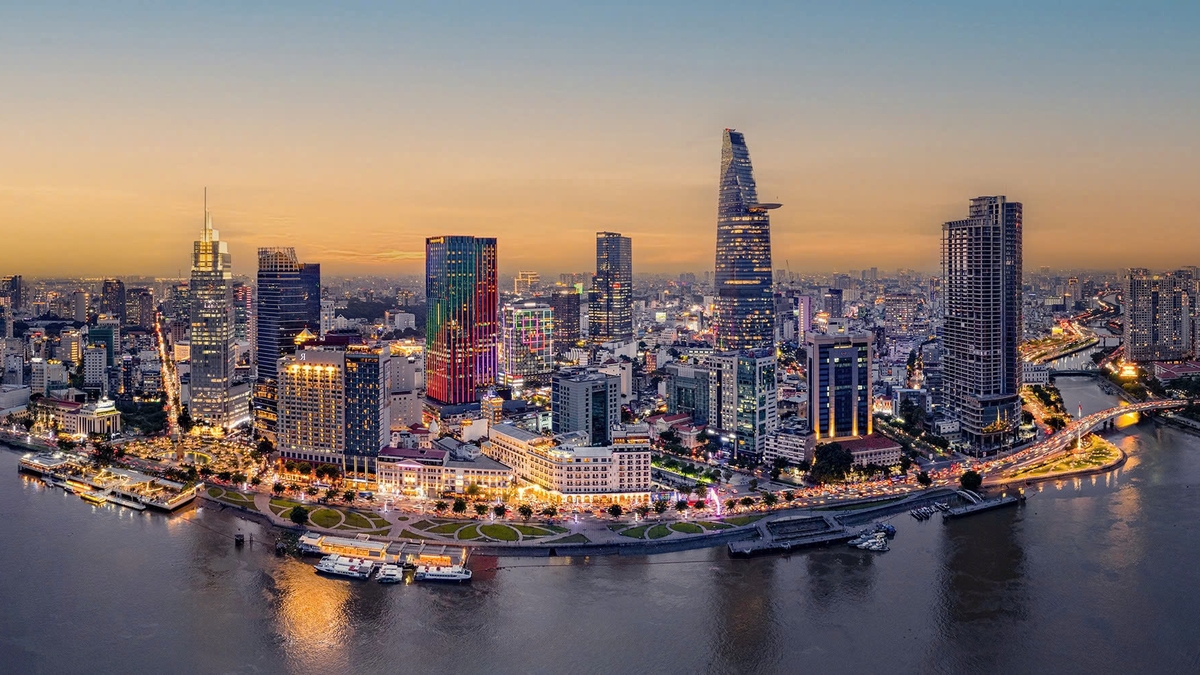



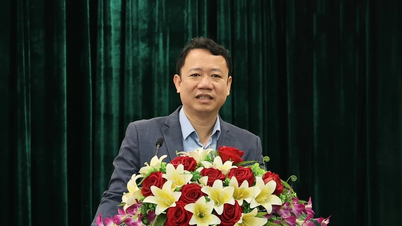


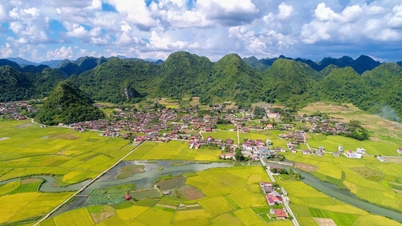
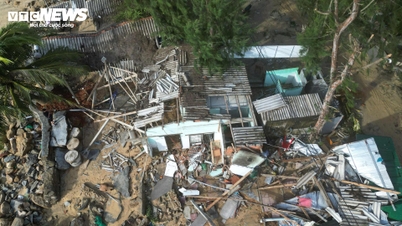




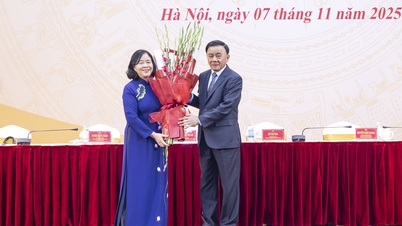








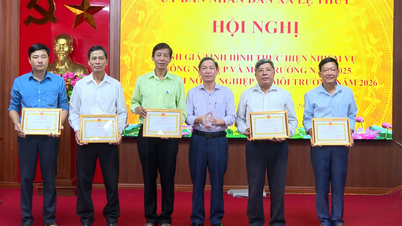



















Comment (0)